Blending Interest and Aptitude
Promoting Self-Understanding
Helping the career chooser develop a deeper understanding of him/herself is perhaps one of the most important objectives of career guidance. Promoting self-understanding is made up of 4 components:
- Understanding Interests
- Understanding Aptitudes
- Discovering Potentials
- Understanding career beliefs
The Jiva intervention begins with student centered activities and tools to help them gain insights into themselves.
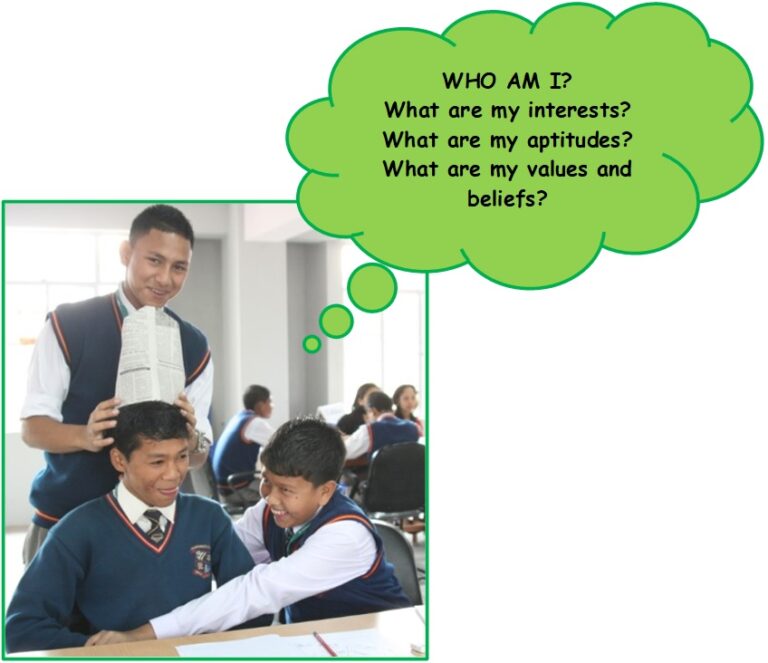
What are Interests?
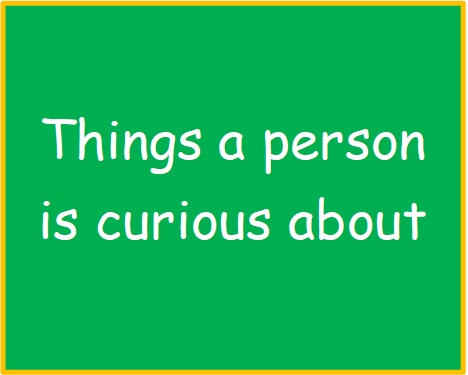
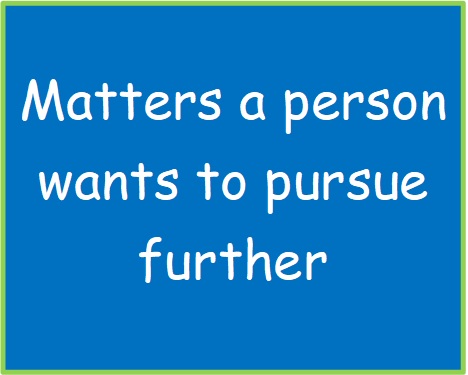


Two vital points need to be noted about interests:
Interests can change
Interest profiles are likely to go through great variations upto around the age of 16 to 18 years. It is only when the person is closer to adulthood, that interests are likely to be more stable. The strength of an interest is closely related to:
- personal experiences with an activity
- the belief that one can do well at an activity
- preconceived notions held by significant others in the person’s life (e.g. career beliefs) about an activity.
High interest does not signify high ability
An interest in a particular activity indicates that the individual is drawn toward it and derives enjoyment from it. It does not necessarily mean that he/she is good at that activity. Success in a career is achieved in an environment of intense competition. Merely being interested and motivated, however strong this motivation, may not mean that a person can develop a sufficiently high level of skill to succeed in the face of competition.
Click here to know more about how the Jiva system helps young people learn about their interests.
Interests are like the steam in a locomotive. They motivate and drive the person. However, interests are only one side of the coin of self-understanding. Career guidance has other dimensions and needs to take the person further.
Scroll down to know more, about these other important dimensions.
What are Aptitudes?



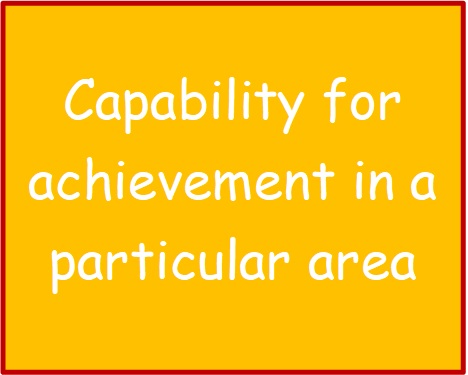

Aptitudes are the second component of self-understanding.
Aptitudes reflect a natural ability to do something well. They tell us about the person’s capabilities and talents.
Aptitudes are inborn and innate. They may be seen as physical or mental capabilities.
An aptitude shows the level of competence at which a person can excel at a certain kind of task. Take for example a student who is given tasks involving drawing and calculating. If this student consistently does better at drawing and finds drawing easier, compared to calculating, we could say that this student has a higher aptitude for drawing than calculating . This does not mean that the person is bad at calculating. It means that the person is better at drawing than calculating. Knowing one’s aptitudes points the person to fields he/she is best suited for.
Aptitudes tell us about latent qualities and abilities. Take for example a student who discovers that she has a high linguistic aptitude and a low musical aptitude. This means that if she is provided the appropriate training, she would find it easier to master skills related to the linguistic aptitude than skills related to the musical aptitude. Without the opportunity for training, an aptitude can remain dormant. Aptitudes are indications of innate capabilities that can be best developed for success in the future.
How are aptitudes Identified?
Most commonly, aptitude tests are used to unveil a person’s talents. However it is very important to keep in mind that an aptitude test can function effectively only within clearly defined limits. If a test is used outside these limits, the result can be spurious and inaccurate.
Click here to know more about how the Jiva system helps young people discover their aptitudes.
If interests are the steam in a locomotive, aptitudes could represent the engine – the actual ability to move toward and be successful in the execution of a specific set of tasks. So which is more important? Interest or Aptitude?
Scroll down to know how Jiva answers this question!
Blending Interest and Aptitude
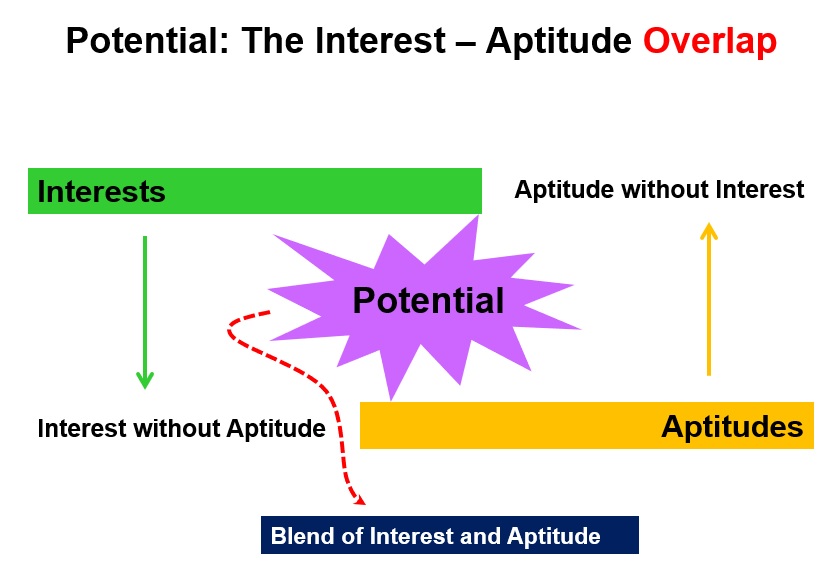
Interests and aptitudes are both essential aspects of self-discovery. The analysis of interests and aptitudes for self-understanding is not an either-or question. The guidance programme must help the young person discover his/her interests as well as his/her aptitudes.
Also, merely knowing one’s interests and aptitudes is not enough. It is possible that some of the interests identified might not match the individual’s aptitude profile. It is also possible that the individual may not show an interest in careers linked to some of her aptitudes. The all important task therefore is to help the career chooser discover the point of overlap between the person’s interests and aptitudes. The figure provides a schematic representation of this interaction between interests and aptitudes. Discovering this connection would help identify specific career areas in which the individual would not only be interested but for which he/she would also possess talents.
